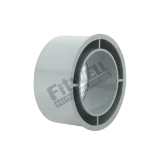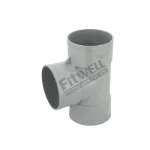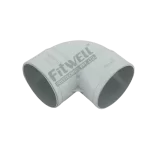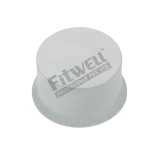10 Critical Mistakes in Agricultural Irrigation Systems (And How to Avoid Them)
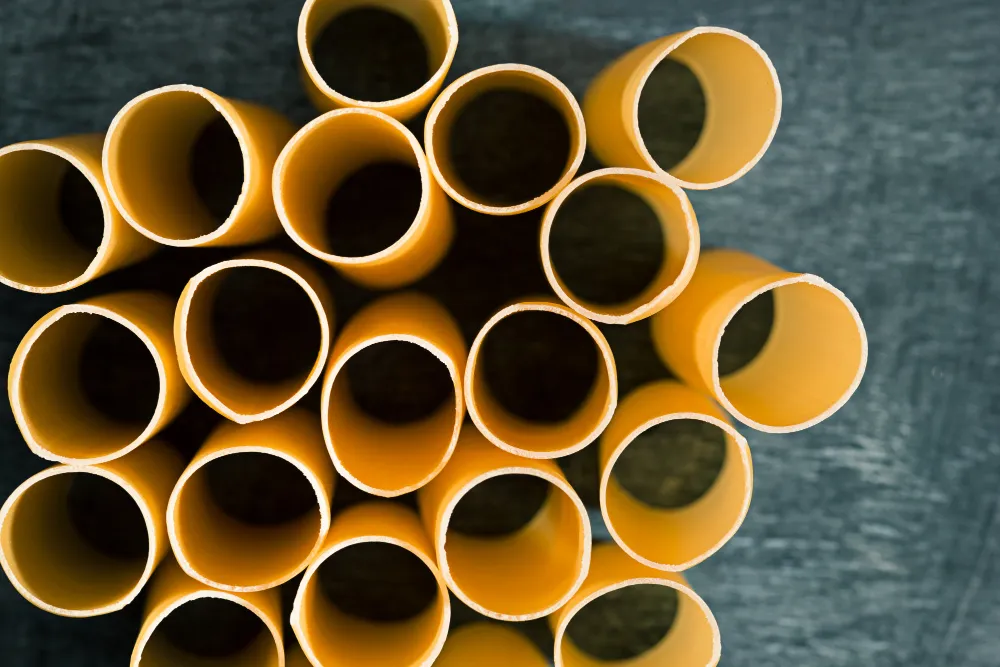
How Outdated Irrigation Systems Are Costing Farmers Up to 40% in Water Waste
Water is the lifeline of agriculture, yet inefficient irrigation systems continue to be one of the biggest challenges farmers face. Studies indicate that outdated or poorly designed agricultural irrigation systems can lead to up to 40% water waste, resulting in higher operational costs and reduced crop yields. Farmers, contractors, and decision-makers need to be aware of common pitfalls in agricultural piping to optimize water usage and boost efficiency.
From incorrect pipe sizing to poor-quality agricultural pipes & fittings, small mistakes can have massive financial repercussions. In this comprehensive guide, we will explore the ten most critical mistakes made in agricultural irrigation systems and provide actionable solutions to help farmers maximize water efficiency and productivity.
1. Using Substandard Agricultural Pipes & Fittings
The Mistake:
Many farmers opt for cheaper, low-quality agricultural pipes & fittings to cut costs, but this often leads to frequent leaks, cracks, and pipe bursts. Poor-quality materials degrade quickly under extreme weather conditions, leading to system failures and higher maintenance expenses.
The Solution:
Invest in high-quality agriculture PVC pipe fittings that are UV-resistant, corrosion-free, and durable enough to withstand varying pressures. Fitwell Pipe Fittings offers premium-grade materials engineered for long-lasting performance in agricultural settings.
Additional Insights:
Low-quality materials may initially save money, but the long-term costs associated with maintenance and replacements far outweigh the upfront savings. By selecting high-grade materials, farmers can reduce downtime and ensure uninterrupted water supply to their crops.
2. Incorrect Pipe Sizing
The Mistake:
Many farmers opt for cheaper, low-quality agricultural pipes & fittings to cut costs, but this often leads to frequent leaks, cracks, and pipe bursts. Poor-quality materials degrade quickly under extreme weather conditions, leading to system failures and higher maintenance expenses.
The Solution:
Perform proper hydraulic calculations to determine the ideal pipe size for your irrigation system. Consider factors like water flow rate, pressure requirements, and distance to ensure optimal efficiency.
Additional Insights:
A farmer in India who initially installed undersized pipes in a 50-acre farm faced constant pressure drops and had to upgrade his entire irrigation system. After switching to correctly sized agriculture PVC pipe fittings, he reduced water loss by 30% and increased yield significantly.
3. Poorly Designed Layouts Leading to Uneven Water Distribution
The Mistake:
A haphazardly designed irrigation system results in uneven water distribution, causing some areas to be overwatered while others remain dry.
The Solution:
Plan a strategic layout with evenly spaced agriculture PVC pipe fittings to ensure uniform water coverage. Using flow control valves and pressure regulators can help maintain consistent water flow across the field.
Best Practices:
Conduct a thorough topographical analysis before setting up the irrigation system.
Use software-based simulation tools to visualize water distribution.
Install automated controls for precise water delivery.
4. Ignoring Soil Type and Crop Water Needs
The Mistake:
Failing to consider soil permeability and crop water requirements can lead to inefficient irrigation practices. Sandy soils require frequent watering, whereas clay soils retain moisture for longer periods.
The Solution:
Conduct a soil analysis to determine water retention capacity and adjust irrigation schedules accordingly. Different crops have varied water demands, so tailor your irrigation strategy to optimize plant health and yield.
Best Practices:
A wheat farmer in Australia implemented soil moisture sensors and reduced water usage by 25% while maintaining high yield levels. This saved thousands of dollars in operational costs annually.
5. Failing to Regularly Inspect and Maintain the System
The Mistake:
Over time, even the best irrigation systems accumulate debris, leaks, and wear that reduce efficiency. Many farmers neglect regular maintenance, leading to costly repairs and water wastage.
The Solution:
Implement a preventive maintenance schedule, inspecting agricultural pipes & fittings for cracks, leaks, and blockages. Routine flushing of pipelines and filter cleaning can prevent clogging and extend the system’s lifespan.
Recommended Maintenance Plan:
- Weekly visual inspections for leaks and wear.
- Monthly pipe flushing to remove sediment buildup.
- Annual overhauls to replace aging components.
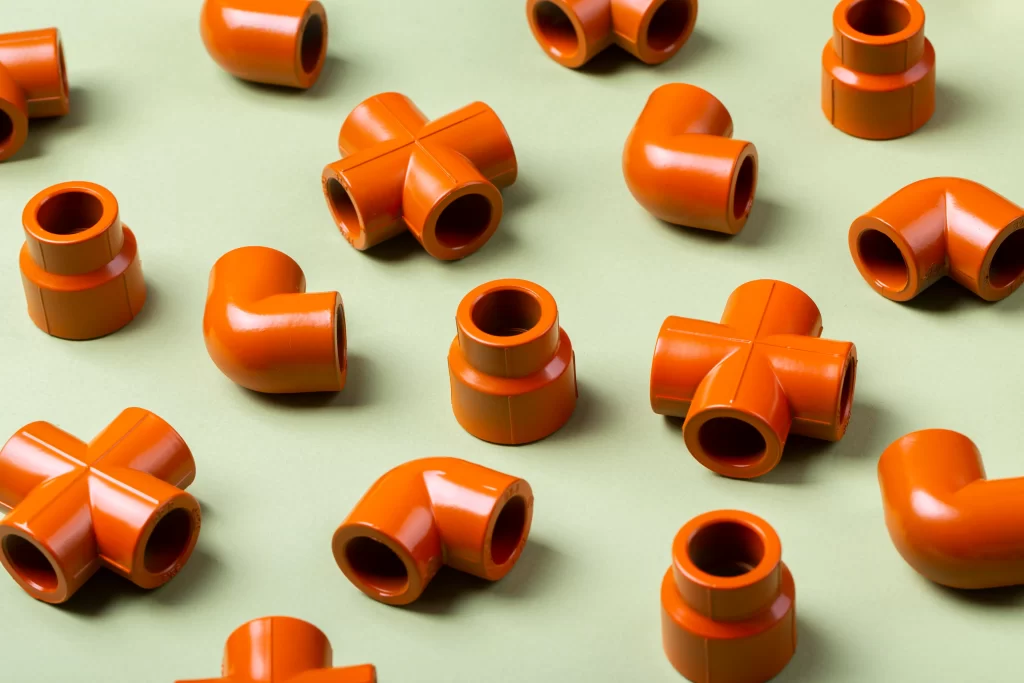
6. Poor Water Pressure Management
The Mistake:
Inconsistent water pressure leads to either excessive force, damaging the system, or insufficient flow, failing to reach the entire field.
The Solution:
Use pressure-regulating valves and booster pumps to maintain optimal water pressure throughout the system. High-quality agriculture PVC pipe fittings are designed to handle varying pressure conditions without deforming.
7. Using Non-UV-Resistant Pipes
The Mistake:
Exposure to sunlight degrades non-UV-resistant pipes, causing cracks and brittleness over time.
The Solution:
Incorporate an efficient drainage system with perforated pipes and sloping designs to prevent excess water accumulation in the field.
8. Overlooking the Importance of Proper Drainage
The Mistake:
Poor drainage leads to waterlogging, root rot, and fungal infections in crops.
The Solution:
Incorporate an efficient drainage system with perforated pipes and sloping designs to prevent excess water accumulation in the field.
9. Failing to Use Smart Irrigation Technology
The Mistake:
Many traditional irrigation setups lack automation, leading to inefficiencies in water usage and scheduling.
The Solution:
Adopt smart irrigation systems with moisture sensors and automated timers. These technologies help regulate watering based on real-time soil moisture levels, reducing waste and optimizing crop health.
10. Not Adapting to Climate Changes
The Mistake:
Irrigation systems that do not account for seasonal and climatic variations lead to water shortages or over-irrigation.
The Solution:
Monitor weather patterns and adjust irrigation schedules accordingly. Using climate-responsive technologies, such as automated rain sensors, can help reduce unnecessary water use during rainy seasons.
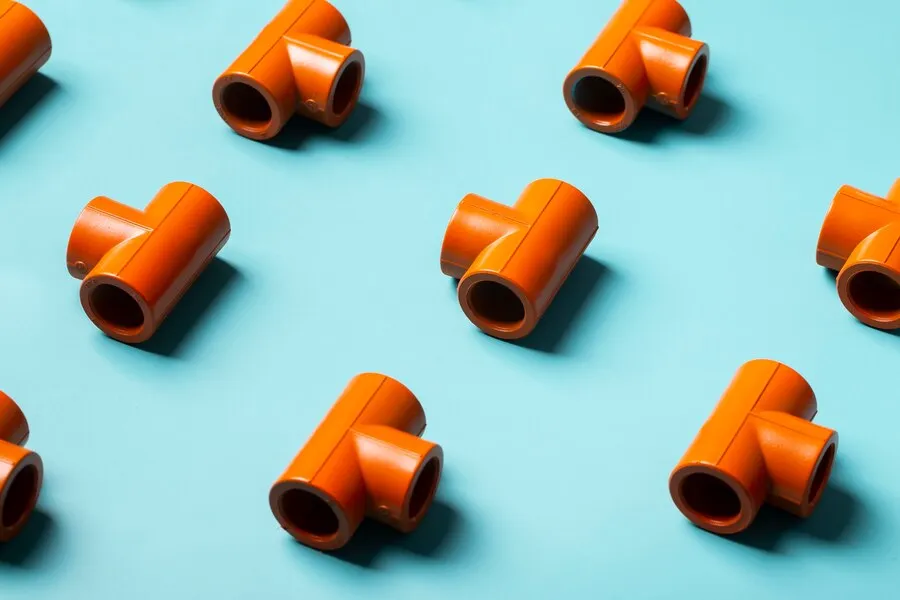
Manufacturing Process of CPVC Piping Systems
Conclusion
Avoiding these critical mistakes in agricultural irrigation systems can lead to significant savings in water and operational costs. High-quality agriculture PVC pipe fittings and robust agricultural pipes & fittings play a crucial role in maintaining an efficient and durable system.
Fitwell Pipe Fittings is committed to providing top-notch solutions designed for maximum performance and reliability. By choosing the right products and following best practices, farmers and contractors can ensure their irrigation systems are future-proof, sustainable, and cost-effective.
Are you ready to upgrade your irrigation system and maximize efficiency? Contact Fitwell Pipe Fittings today to explore our premium range of agricultural pipes & fittings!
Stay on the forefront of industry trends by checking out our latest content
Stay ahead with our latest content, designed to keep you informed on the newest industry trends and insights. Discover valuable updates that help you lead in your field.

FRP Manhole Covers vs. Traditional Materials: A Data-Driven Comparison
FRP Manhole Covers vs. Traditional Materials: A Data-Driven Comparison Introduction As cities expand and infrastructure needs evolve, the demand for durable, eco-friendly, and cost-effective solutions has increased. One area where

PVC Service Saddles: The Hidden Champion of Network Maintenance
PVC Service Saddles: The Hidden Champion of Network Maintenance Introduction An efficient plumbing system is crucial for the smooth distribution of water, gas, or other fluids in residential, commercial, and

MDPE Fittings: Everything You Need to Know
MDPE vs. Traditional Piping: 32% Maintenance Cost Savings Introduction MDPE (Medium-Density Polyethylene) fittings have become an integral part of modern plumbing, irrigation, and gas distribution systems. Known for their flexibility,
Request a Free Consultation
Get personalized plumbing solutions with a free consultation from Fitwell.

